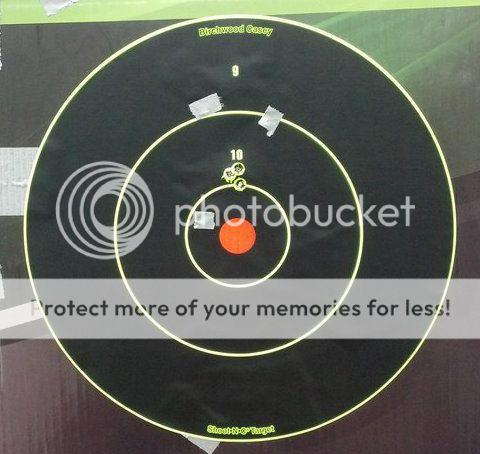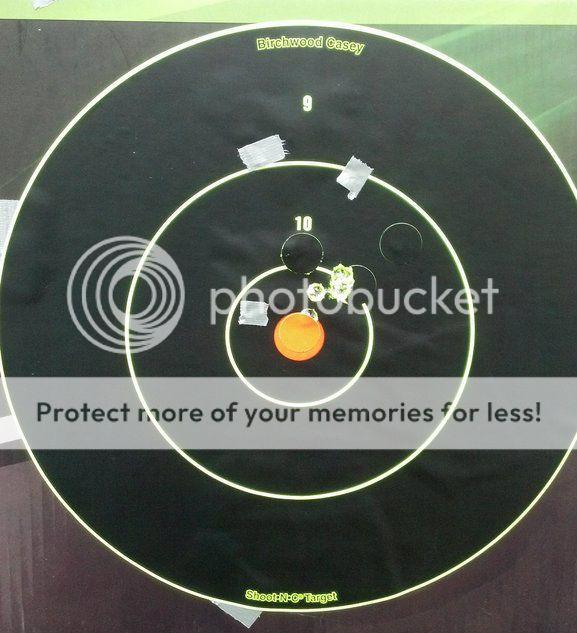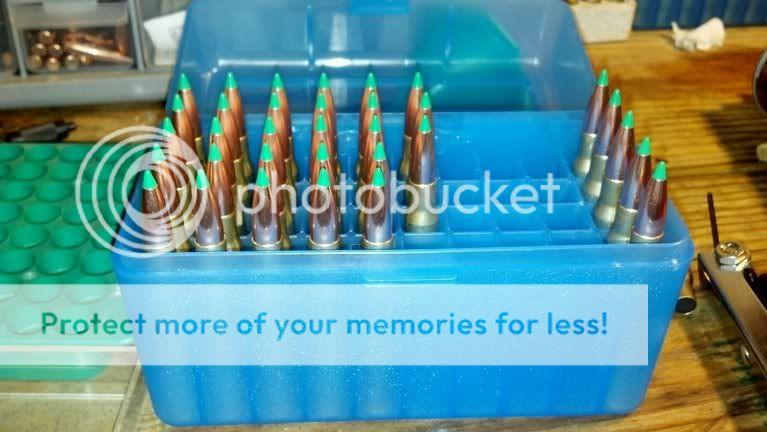Bullet bumper
Well-Known Member
- Joined
- May 20, 2009
- Messages
- 1,045
I see the word "best "a lot in your post. It gives me the impression that you think that all you need is a very good die and nothing else.
We have to drop the " best " concept . What is more relevant is " what is the most suitable die system to what I am trying to achieve "
There is many ways to reload and many combinations of dies and varying skill levels producing different classes of ammo .
The Lee collet die is a good die for neck sizing unturned brass but most new users don't know how to use it and the Lee instructions are poor and most Lee presses don't cam over so make it harder to use their " own " die.
Many people are measuring run out in the wrong way and getting extra error .
Without a run down on your die system and how you use them it is hard to say where the run out is coming from .
I would hazard a guess that case necks are being pulled out of line by an expander ball type die and you are bullet seating in one heavy slam bam thankyou man type of movement .
A good combination for general hunting ammo is neck size with a Lee collet die in an RCBS RC press . When the case gets a bit tight to chamber body size in a Redding body die . Seat bullets in a Redding comp die .
Uneven neck hardness and thickness could also be agrevating the issue.
I neck turn for every cartridge I reload in factory chambers and it makes The Lee collet die work even better but their is a special way to do it .
We have to drop the " best " concept . What is more relevant is " what is the most suitable die system to what I am trying to achieve "
There is many ways to reload and many combinations of dies and varying skill levels producing different classes of ammo .
The Lee collet die is a good die for neck sizing unturned brass but most new users don't know how to use it and the Lee instructions are poor and most Lee presses don't cam over so make it harder to use their " own " die.
Many people are measuring run out in the wrong way and getting extra error .
Without a run down on your die system and how you use them it is hard to say where the run out is coming from .
I would hazard a guess that case necks are being pulled out of line by an expander ball type die and you are bullet seating in one heavy slam bam thankyou man type of movement .
A good combination for general hunting ammo is neck size with a Lee collet die in an RCBS RC press . When the case gets a bit tight to chamber body size in a Redding body die . Seat bullets in a Redding comp die .
Uneven neck hardness and thickness could also be agrevating the issue.
I neck turn for every cartridge I reload in factory chambers and it makes The Lee collet die work even better but their is a special way to do it .




